MARKET OVERVIEW
In the heart of the biopharmaceutical industry pulsates a vital organ known as the Global Bioreactors Market. This industry, a cornerstone of modern biotechnology, burgeons with innovation and necessity, catering to the escalating demand for biologics, vaccines, and therapeutic proteins. With a profound symbiosis between science and commerce, the Global Bioreactors Market propels the frontier of bioprocessing, sculpting a landscape where precision and efficiency converge.
Bioreactors, akin to the alchemical cauldrons of yore, serve as the cradle for the cultivation of cells, microbes, and biological entities under controlled conditions. These vessels, ranging from petite laboratory flasks to colossal industrial behemoths, orchestrate the complex ballet of cellular growth, nurturing the biological progeny that form the cornerstone of modern medicine.
As the curtain rises on the future of the Global Bioreactors Market, a panorama of transformative technologies emerges. The convergence of automation, artificial intelligence, and advanced materials heralds an era of unparalleled efficiency and productivity. Smart bioreactors, equipped with sensors and actuators, dance to the rhythm of data, orchestrating a symphony of cellular growth with precision hitherto unattainable.
The future unfolds with modular bioreactor systems, a paradigm shift from monolithic designs to versatile, scalable platforms. These modular constructs offer flexibility in configuration, enabling seamless adaptation to diverse bioprocesses and production scales. With the dawn of personalized medicine on the horizon, such modular architectures promise bespoke solutions tailored to individual therapeutic needs.
The Global Bioreactors Market is not confined within the walls of pharmaceutical citadels; it permeates the fields of agriculture, food production, and environmental remediation. Agricultural bioreactors, empowered by genetic engineering, breed resilient crops and foster sustainable farming practices. In the culinary realm, fermenters imbue flavorsome brews and delicacies with their distinctive character, while in the crucible of environmental stewardship, bioreactors metamorphose pollutants into benign byproducts, charting a course towards ecological harmony.
Emerging economies, poised at the cusp of technological ascendancy, harbor immense potential for the Global Bioreactors Market. As these nations embark on the journey of industrialization, the demand for biopharmaceuticals burgeons, propelling the proliferation of bioreactor installations. Moreover, initiatives aimed at enhancing healthcare accessibility and affordability galvanize investment in indigenous biomanufacturing capabilities, nurturing a vibrant ecosystem of innovation and entrepreneurship.
The canvas of the Global Bioreactors Market is painted with a palette of challenges and opportunities. Regulatory exigencies, technological obsolescence, and geopolitical vicissitudes cast shadows upon the horizon, yet within these challenges lie the seeds of innovation. Collaboration between academia, industry, and regulatory bodies, coupled with relentless pursuit of technological advancement, cultivates resilience and agility in the face of adversity.
The Global Bioreactors Market epitomizes the marriage of science and commerce, catalyzing the production of life-saving therapeutics and fostering sustainable development. As the march of progress propels humanity towards new frontiers, the bioreactor stands as a sentinel, nurturing the biological harvests that shape the landscape of tomorrow.
Global Bioreactors market is estimated to reach $16,670.4 Million by 2031; growing at a CAGR of 12.8% from 2024 to 2031.
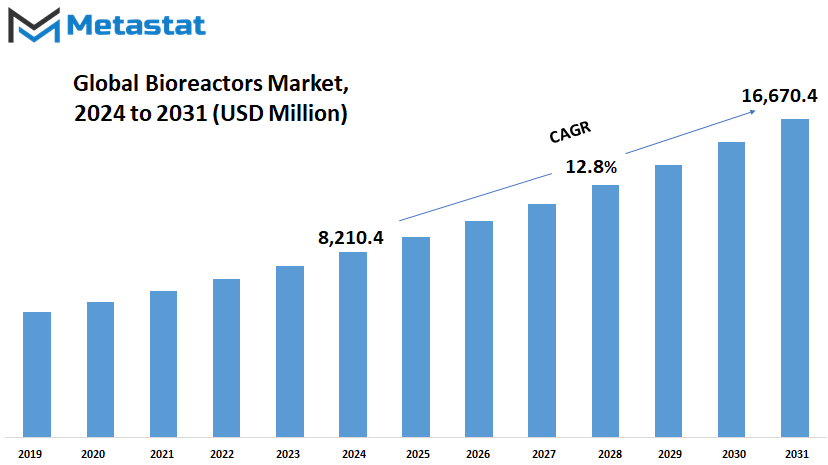
GROWTH FACTORS
In the realm of biotechnology, the Global Bioreactors market is witnessing significant growth due to a surge in demand for biopharmaceuticals and personalized medicine. This growth is primarily fueled by advancements in bioprocess technology and the increasing adoption of single-use bioreactors.
One of the driving forces behind this expansion is the rising need for biopharmaceuticals and personalized medicine. As healthcare systems worldwide continue to evolve, there is a growing emphasis on tailored treatments that cater to individual patient needs. Bioreactors play a crucial role in the production of these specialized medicines, allowing for efficient and scalable manufacturing processes.
Moreover, advancements in bioprocess technology have led to the development of more sophisticated and efficient bioreactor systems. These technological innovations have significantly enhanced productivity, quality, and flexibility in biopharmaceutical production. The adoption of single-use bioreactors, in particular, has gained traction due to their cost-effectiveness and ease of operation.
However, despite the promising growth prospects, the Global Bioreactors market faces several challenges. High initial investment and operating costs associated with bioreactor systems pose a significant barrier to entry for many companies. Additionally, regulatory challenges and stringent quality control requirements in biopharmaceutical production add complexity and uncertainty to the market landscape.
Looking ahead, the expanding applications of bioreactors offer promising opportunities for market growth. In particular, the production of cell-based therapies and regenerative medicine represents a rapidly growing segment within the biopharmaceutical industry. Bioreactors play a critical role in the cultivation and expansion of cells for these innovative treatments, presenting lucrative opportunities for market players.
In conclusion, the Global Bioreactors market is poised for continued growth in the coming years, driven by increasing demand for biopharmaceuticals and personalized medicine. While challenges such as high costs and regulatory hurdles persist, technological advancements and expanding applications offer exciting opportunities for market expansion. By leveraging these trends and addressing key challenges, stakeholders can capitalize on the evolving landscape of bioreactor technology and propel the industry forward.
MARKET SEGMENTATION
By Type
In today's fast-paced world, the importance of bioreactors cannot be overstated. These devices play a crucial role in various industries, from pharmaceuticals to food and beverages. As technology continues to advance, the global bioreactors market is expected to witness significant growth in the coming years.
One of the key factors driving the growth of the bioreactors market is the increasing demand for biopharmaceuticals. With the rising prevalence of chronic diseases and the growing aging population, there is a growing need for effective treatments. Biopharmaceuticals, which are derived from biological sources such as living organisms, offer promising solutions to these challenges. Bioreactors provide the necessary environment for the production of these biopharmaceuticals on a large scale.
Another factor contributing to the growth of the bioreactors market is the development of single-use bioreactors. These innovative devices offer several advantages over traditional stainless steel bioreactors, including lower upfront costs, reduced risk of contamination, and greater flexibility. As a result, single-use bioreactors are gaining popularity among biopharmaceutical companies, especially those involved in the production of small-batch or personalized medicines.
Furthermore, the emergence of multi-use bioreactors is also expected to drive market growth. These bioreactors are designed to be used repeatedly, allowing for cost savings and increased efficiency. With advancements in bioreactor design and technology, multi-use bioreactors are becoming increasingly sophisticated, offering greater control and automation capabilities.
In addition to the pharmaceutical industry, the bioreactors market is also being propelled by the growing demand for biofuels and renewable energy sources. With concerns over climate change and environmental sustainability, there is a growing need for alternative energy sources that are both renewable and environmentally friendly. Bioreactors play a crucial role in the production of biofuels such as ethanol and biodiesel, providing a sustainable solution to the world's energy needs.
By Material Type
In the ever-changing landscape of technology and industry, the Global Bioreactors market stands as a testament to innovation and progress. This market, which encompasses a variety of materials such as Glass and Stainless Steel, plays a crucial role in the advancement of biotechnology and pharmaceuticals. Let's explore the significance of these materials in shaping the future of bioreactors.
Glass, a time-honored material known for its transparency and versatility, continues to be a prominent choice in the construction of bioreactors. Its inert nature makes it ideal for maintaining the purity of sensitive biological materials, ensuring the integrity of experiments and production processes. Additionally, the transparency of glass allows for visual monitoring of reactions, providing valuable insights into the progression of biotechnological processes. As technology advances, we can expect innovations in glass manufacturing techniques, leading to enhanced durability and performance of glass bioreactors.
On the other hand, Stainless Steel, renowned for its strength, durability, and resistance to corrosion, offers unique advantages in the realm of bioreactor construction. Its robustness makes it suitable for large-scale industrial applications, where reliability and longevity are paramount. Stainless Steel bioreactors are capable of withstanding harsh operating conditions and frequent sterilization cycles, making them indispensable in the production of pharmaceuticals and biologics. Looking ahead, advancements in material science will likely lead to the development of new alloys and surface treatments, further enhancing the properties of Stainless Steel bioreactors.
The choice between Glass and Stainless Steel bioreactors often depends on the specific requirements of each application. While Glass bioreactors excel in small-scale research and development settings, Stainless Steel bioreactors are favored for large-scale commercial production. However, with ongoing advancements in materials and manufacturing technologies, we can anticipate a convergence of these two materials in the bioreactor market. Hybrid designs incorporating both Glass and Stainless Steel components may emerge, offering the benefits of transparency and durability in a single system.
By Usage
The utilization of bioreactors is becoming increasingly prevalent in various industries due to their efficiency in producing biological products. The Global Bioreactors market is segmented based on usage into Lab-Scale Production, Pilot-Scale Production, and Full-Scale Production. Each segment caters to different scales of production, accommodating the diverse needs of industries.
Lab-Scale Production bioreactors are designed for smaller-scale experiments and research purposes. They are commonly used in academic institutions, research laboratories, and small-scale production facilities. Lab-scale bioreactors enable scientists and researchers to conduct experiments and trials on a smaller scale before moving on to larger production processes. These bioreactors are crucial for initial experimentation and feasibility studies in the development of new products and processes.
Pilot-Scale Production bioreactors bridge the gap between lab-scale and full-scale production. They are larger than lab-scale bioreactors but smaller than full-scale production units. Pilot-scale bioreactors are used for scaling up processes from the laboratory to commercial production levels. They allow companies to optimize production processes, test scalability, and validate product quality before investing in full-scale production facilities. Pilot-scale bioreactors play a vital role in the development and commercialization of new products, ensuring smooth transitions from research and development to manufacturing.
Full-Scale Production bioreactors are industrial-scale units used for large-scale production of biological products. These bioreactors are utilized by pharmaceutical, biotechnology, and food industries for the mass production of vaccines, therapeutic proteins, enzymes, and other biological products. Full-scale production bioreactors are equipped with advanced automation and control systems to maintain optimal conditions for cell growth and product formation. They are essential for meeting the high demand for biological products in global markets.
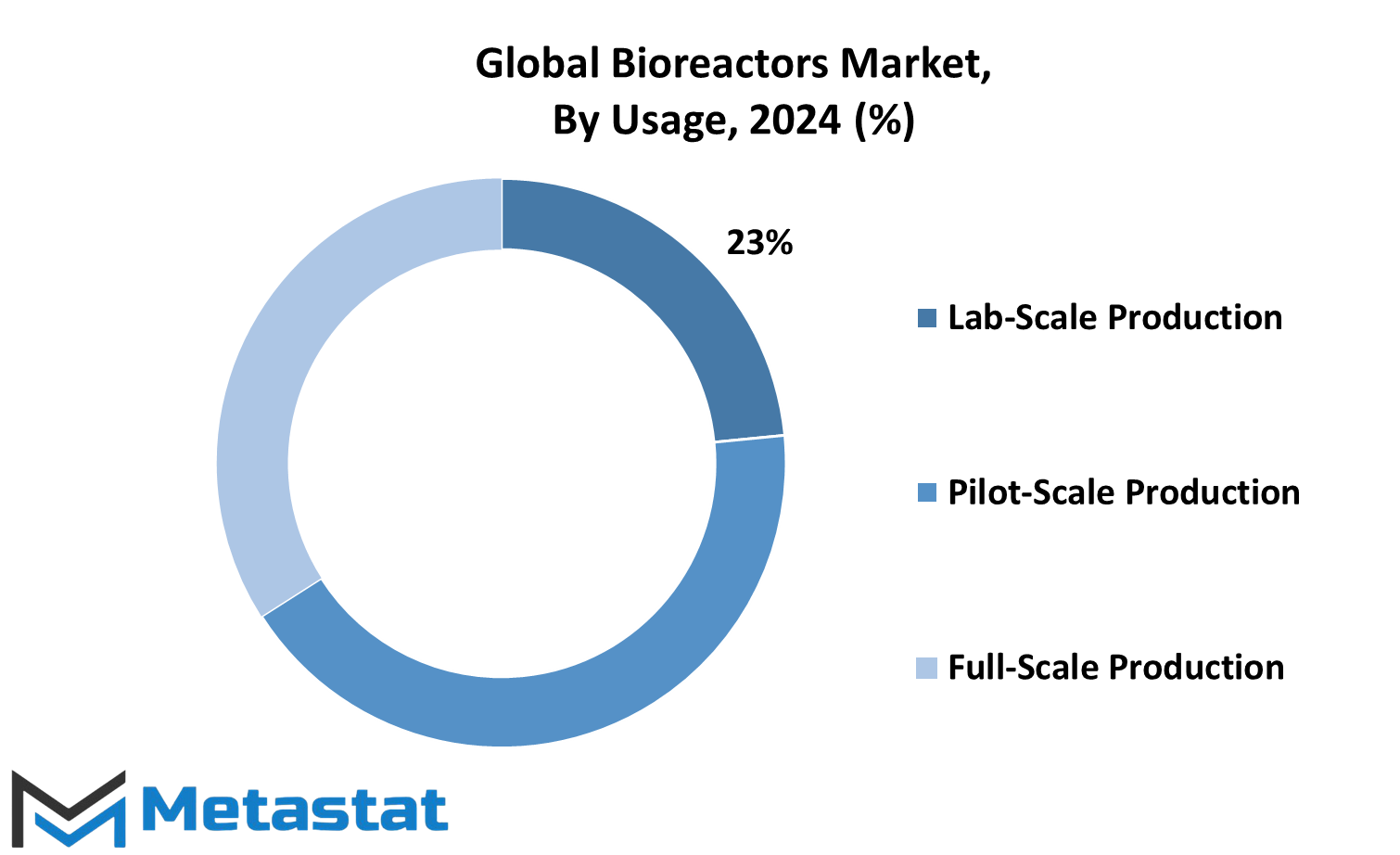
By End-users
In the vast landscape of modern technology, the global Bioreactors market stands as a testament to the progress humanity has made in the field of biotechnology. These marvels of innovation are integral to various sectors, catering to the diverse needs of industries and organizations worldwide.
The Bioreactors market encompasses a wide array of end-users, each with its unique demands and applications. Among these end-users, we find Research and Development (R&D) Organizations, Biopharmaceutical (biopharma) Manufacturers, and Contract Manufacturing Organizations (CMOs).
Research and Development (R&D) Organizations play a pivotal role in driving innovation and discovery in the biotechnological domain. These institutions are dedicated to pushing the boundaries of scientific knowledge, exploring new avenues, and developing cutting-edge technologies. In the future, R&D Organizations will continue to be at the forefront of groundbreaking research, leveraging bioreactors to unlock new possibilities and address pressing global challenges.
Biopharmaceutical (biopharma) Manufacturers represent another crucial segment of the Bioreactors market. These companies specialize in the production of therapeutic proteins, vaccines, and other biopharmaceutical products. With the growing demand for personalized medicine and advanced treatments, biopharma manufacturers will increasingly rely on bioreactor technology to streamline production processes, enhance efficiency, and ensure product quality.
Contract Manufacturing Organizations (CMOs) serve as strategic partners to biopharmaceutical companies, offering specialized manufacturing services on a contract basis. These organizations provide flexible production capabilities, allowing biopharma manufacturers to scale up or down production as needed, without the burden of maintaining extensive infrastructure. In the future, CMOs will continue to play a vital role in the biopharmaceutical ecosystem, leveraging advanced bioreactor technologies to meet the evolving needs of their clients and drive industry innovation.
As the global Bioreactors market continues to evolve, fueled by advancements in biotechnology and automation, we can expect to see further integration of these technologies into various industries and applications. From drug discovery and development to industrial bioprocessing and beyond, bioreactors will remain indispensable tools, driving progress and innovation in the quest for a healthier, more sustainable future. In this ever-changing landscape, organizations that embrace these technologies and adapt to emerging trends will be best positioned to thrive in the dynamic world of biotechnology..
REGIONAL ANALYSIS
The global Bioreactors market is segmented based on geography into North America, Europe, Asia-Pacific, South America, and Middle East & Africa. Each region will play a crucial role in shaping the trajectory of the Bioreactors market in the future.
North America, with its advanced healthcare infrastructure and significant investment in research and development, is expected to maintain a dominant position in the Bioreactors market. The region's focus on biotechnology and pharmaceutical industries will continue to drive the demand for Bioreactors, especially in the United States and Canada. Additionally, favorable government policies and initiatives to support biopharmaceutical manufacturing will further stimulate market growth in this region.
In Europe, countries like Germany, the United Kingdom, and France will emerge as key contributors to the Bioreactors market. The region's strong presence of pharmaceutical companies, coupled with increasing investments in biotechnology and life sciences research, will fuel market expansion. Moreover, growing collaborations between academic institutions, research organizations, and industry players will foster innovation and drive the adoption of Bioreactors across various applications.
Asia-Pacific is poised to witness significant growth in the Bioreactors market, driven by rapid industrialization, technological advancements, and a burgeoning healthcare sector. Countries such as China, India, Japan, and South Korea will lead the charge, fueled by increasing government initiatives to promote biopharmaceutical manufacturing and investment in healthcare infrastructure. Moreover, the presence of a large patient pool and rising demand for personalized medicine will create lucrative opportunities for Bioreactors manufacturers in this region
South America and the Middle East & Africa regions will also witness notable growth in the Bioreactors market, albeit at a comparatively slower pace. Factors such as increasing healthcare expenditure, rising prevalence of chronic diseases, and growing awareness about biopharmaceuticals will drive market expansion in these regions. Additionally, partnerships between local governments and international organizations to enhance healthcare infrastructure and promote biotechnology will further bolster market growth.
The global Bioreactors market is poised for significant growth, with each region contributing to its expansion in unique ways. North America, Europe, and Asia-Pacific will emerge as key hubs of innovation and demand, driven by factors such as advanced healthcare infrastructure, research and development activities, and supportive government policies. Meanwhile, South America and the Middle East & Africa will offer promising opportunities for market players, supported by increasing healthcare expenditure and growing awareness about biopharmaceuticals.
COMPETITIVE PLAYERS
The Global Bioreactors market is a dynamic landscape with several key players driving innovation and competition. These players are instrumental in shaping the future of bioreactor technology and its applications across various industries.
Among the prominent companies in the Bioreactors industry are Pall Corporation, Merck Group, and Thermo Fisher Scientific. These companies have established themselves as leaders in the field, with a track record of developing advanced bioreactor systems and solutions.
Other significant players include Getinge (Applikon Biotechnology), Cellexus Ltd, and Shanghai Bailun Biotechnology co. These companies bring their expertise and capabilities to the table, contributing to the diversity and competitiveness of the market.
The Sartorius Group, Eppendorf AG, and PBS Biotech are also key players in the Bioreactors market. With their extensive product portfolios and global presence, they play a crucial role in meeting the growing demand for bioreactor technologies across various sectors.
Furthermore, companies such as Solaris Biotech Solutions, GE Healthcare, and BBI-Biotech GmbH are actively involved in advancing bioreactor technologies and expanding their market reach. Their innovative solutions and strategic initiatives will continue to shape the future of the Bioreactors industry
Additionally, Bioengineering AG, Danaher Corporation, and Infos HT are notable players in the Bioreactors market, leveraging their expertise in bioprocessing and technology to drive growth and innovation.
Esco Lifesciences Group Ltd is also making significant strides in the Bioreactors market, with a focus on developing cutting-edge bioreactor systems for various applications.
Looking ahead, the competitive landscape of the Global Bioreactors market will continue to evolve as companies strive to differentiate themselves through innovation, strategic partnerships, and market expansion initiatives. With the increasing demand for biopharmaceuticals, vaccines, and biofuels, the role of bioreactor technology will become even more critical, driving further investment and competition among key players in the industry.
In conclusion, the Global Bioreactors market is characterized by intense competition and innovation, with key players such as Pall Corporation, Merck Group, and Thermo Fisher Scientific leading the way. As technology continues to advance and new applications emerge, the role of bioreactors in bioprocessing and biomanufacturing will become increasingly important, shaping the future of the industry.
Bioreactors Market Key Segments:
By Type
- Single-use
- Multi-use
By Material Type
- Glass
- Stainless Steel
By Usage
- Lab-Scale Production
- Pilot-Scale Production
- Full-Scale Production
By End-users
- Research and Development (R&D) Organizations
- Biopharmaceutical (biopharma) Manufacturers
- Contract Manufacturing Organizations (CMOs)
Key Global Bioreactors Industry Players
- Pall Corporation
- Merck Group
- Thermo Fisher Scientific
- Getinge (Applikon Biotechnology)
- Cellexus Ltd
- Shanghai Bailun Biotechnology co.
- Sartorius Group Eppendorf AG
- PBS Biotech
- Eppendorf AG
- Solaris Biotech Solutions
- GE Healthcare
- BBI-Biotech GmbH
- Bioengineering AG
- Danaher Corporation
- Infos HT
WHAT REPORT PROVIDES
- Full in-depth analysis of the parent Industry
- Important changes in market and its dynamics
- Segmentation details of the market
- Former, on-going, and projected market analysis in terms of volume and value
- Assessment of niche industry developments
- Market share analysis
- Key strategies of major players
- Emerging segments and regional growth potential




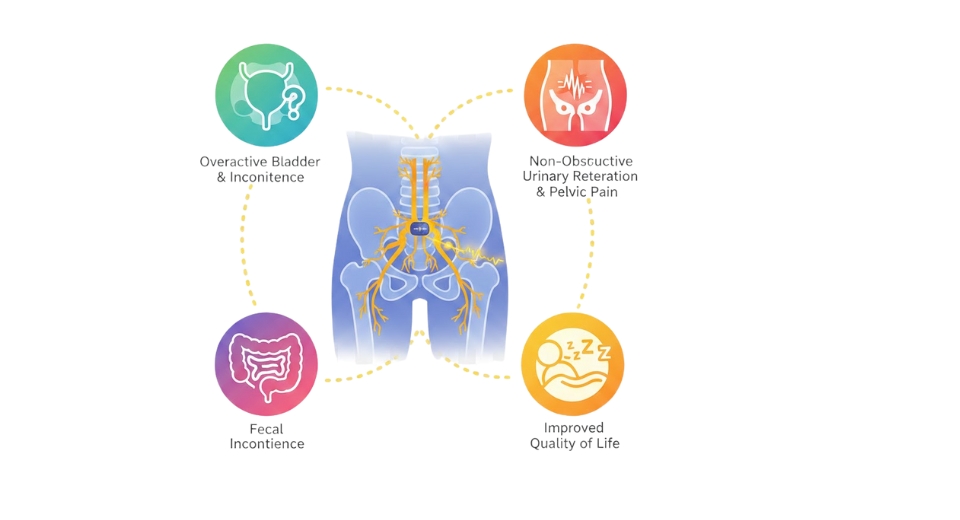
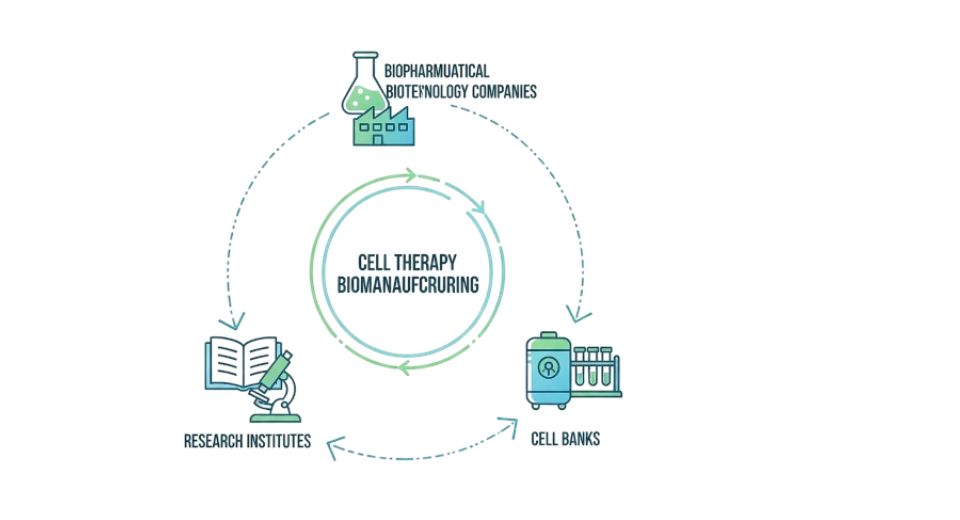
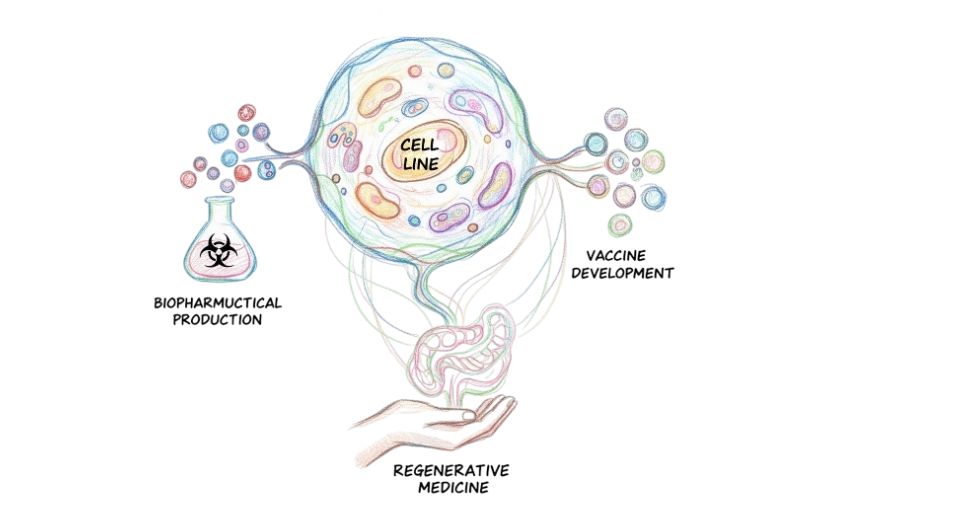

 US: +1 3023308252
US: +1 3023308252






